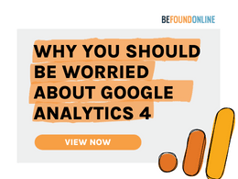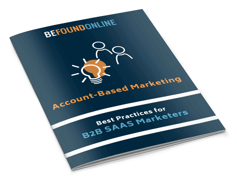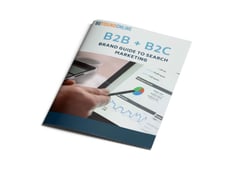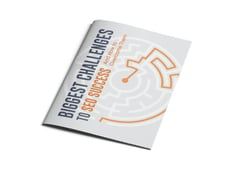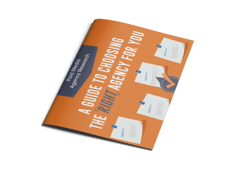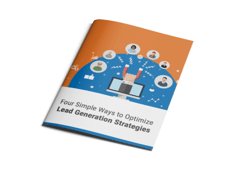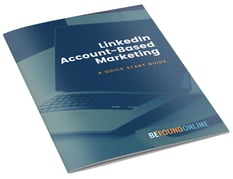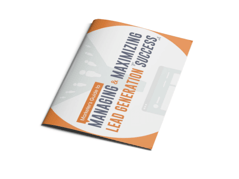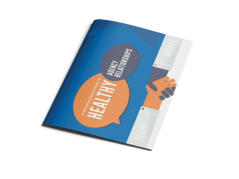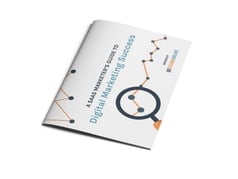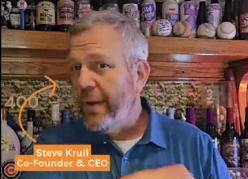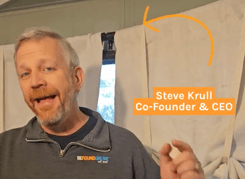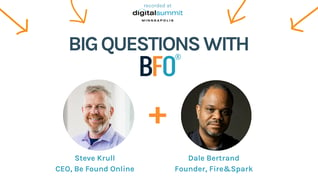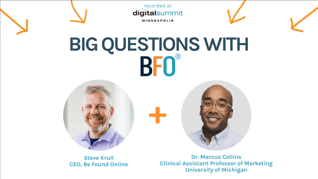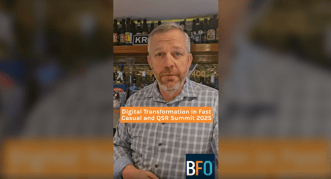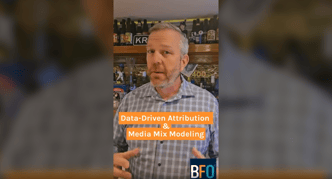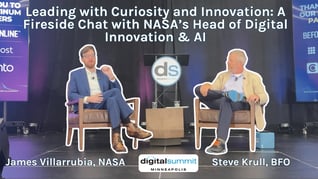Winning Hearts, Minds, and Algorithms: The Future of SEO is Here
October 17, 2025
6 Minute Read
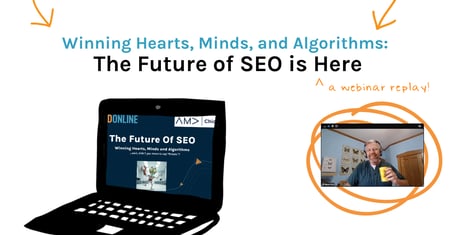
In a recent workshop with AMA Chicago, BFO CEO, Steve Krull, went deep into the seismic shifts currently reshaping the world of Search Engine Optimization through artificial intelligence.
The takeaway is clear: the sky isn't falling, but the weather is definitely changing, and brands need to adapt now.
If you couldn't join us for the full presentation, enjoy the replay video of the webinar above! If video isn’t your thing, below are some highlights and a few key takeaways from Steve’s talk on the future of search, and how AI is changing everything.
The Era of AI Search: Algorithms Get Augmented
While we've focused on "winning hearts, minds, and algorithms" for years, the primary goal of SEO has shifted. We're moving from the algorithms we’re used to to Retrieval Augmented Generation (RAG)—a complex framework AI uses to retrieve information and synthesize answers.
Prepare for Wholesale Change

The familiar landscape of the last two decades is gone. AI tools like Google's AI Overviews, ChatGPT, and Perplexity are changing how users find information, requiring a new mindset:
- Google Owes You Nothing: Google is a business, and its primary goal is to make money. All the changes—the new acronyms like AIO, GEO, and what we're affectionately calling EIEIO—are driven by Google's need to keep up with the AI curve. Don't rely on past assumptions about search.
- From "Content is King" to "Pillars, Pillars, Pillars": The old advice of churning out massive amounts of content is outdated. In the AI era, structure and quality matter more than sheer quantity. We must focus on building comprehensive content pillars that thoroughly cover a topic, providing the depth and structure AI needs to ingest and trust your information.
- The Rate of Change is Accelerating: Steve shared that the information for this presentation changed drastically in just six months. This isn't a slow crawl; it's a rapid evolution. Your job is to stay on the curve—not behind it—or your site risks falling victim to the changing landscape.
The New SERP: AI Overviews Are Taking Over
When we compare the "ancient" Search Engine Results Page (SERP) to the new one, the difference is stark.
In the new SERP, the once-sacred real estate above the fold is often occupied by AI Overviews. This is the most visible sign of a massive usability test Google is running globally. Noticeably, ads are often missing from this prime, top-of-page position.
If you are still optimizing for the "10 blue links" of the past, you are optimizing for a version of search that is quickly fading. Success now means becoming an "inclusion factor"—getting your content cited within that AI Overview box.
Inside the AI Engine: How Your Content Is Found

To be an inclusion factor, you need to understand how AI ingests your content. This process is drastically different from traditional crawling:
1. Tokenization and Vector Databases
- When an AI crawler consumes an article (like the example we used with TripAdvisor), it breaks the content into small digestible pieces called tokens (every word, every punctuation mark).
- These tokens are assigned numerical representations and placed into a vector database. This database maps out relationships between concepts. For example, if you query "kitten," the vector database links it to related concepts like "cat" and "feline," a principle known as cosine similarity.
2. Query Fan Out
- When a user submits a descriptive query (e.g., "3-day itinerary in Vienna for a vegan-pescatarian"), the initial question is tokenized and then sent to the vector database.
- The AI then performs a Query Fan Out, matching that single, complex query to multiple similar sub-questions and concepts that live nearby in the vector space (e.g., "Vienna museums," "Vienna vegetarian restaurants," "Vienna iconic places").
- Finally, the AI synthesizes all the data it collected from these concepts and stitches them together into the comprehensive, single answer you see in the AI Overview.
This means you're no longer competing for a single blue link; you're competing to have your content chunks ingested and woven into the AI's final synthesized response.
Actionable Takeaway: Optimize for Inclusion

The transition to AI search makes one thing mandatory: we must provide the AI with perfectly structured, trustworthy content to ensure our brands are included in the generated answers.
- Focus on Structure: Use strong H1 and H2 tags that clearly segment your content into distinct, digestible chunks.
- Write for Clarity: The AI engine is looking for factual, clear segments to include. The more descriptive your content is, the easier it is for the AI to "tokenize" and place into its vector database.
- Be Descriptive: Just as your customers are using more descriptive queries (or "prompts"), you need to be more deliberate with your content. Instead of just "Apple," be specific: "Apple's stock price" vs. "Types of apple fruit."
The future of SEO is about being present at the moment of the answer—when the user is ready to make a decision—and that means optimizing for the AI. Don't let your site fall behind!

Ready for some help? We're offering 26% off your first 3 months of a new service:

Kyle Geib
As Director of Marketing and Digital Communications, Kyle brings an extra layer of enthusiasm to BFO’s incredible team of experts. Dedicated to continuing to cultivate BFO’s presence as a unique and knowledgeable voice in the industry, he leans in on his experience marketing in both the B2C and B2B spaces.
CATEGORIES
SUBSCRIBE TO OUR BLOG
Stay up to date with the latest industry best practices in digital marketing!








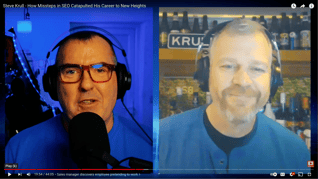

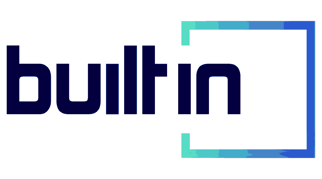



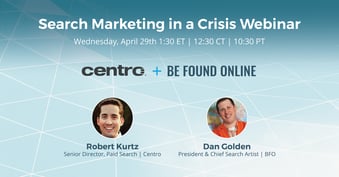

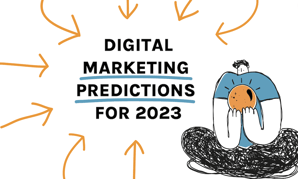
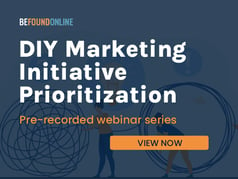
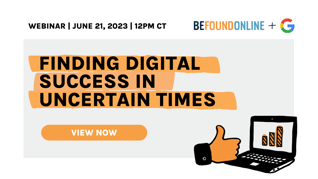
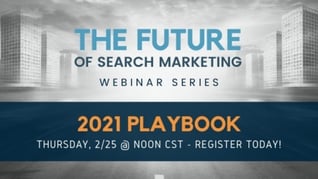
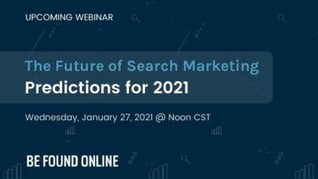


.png?width=339&height=179&name=Webinar%20Banner%20(1).png)
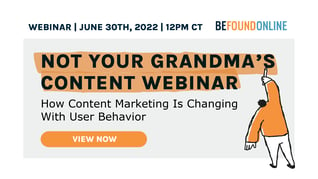
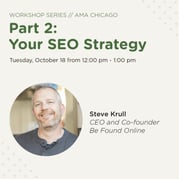
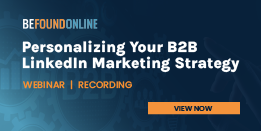
.png?width=339&height=179&name=July%20Webinar%20(Newsletter).png)
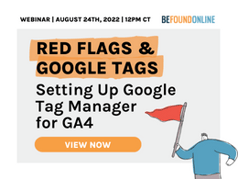
.png?width=339&height=179&name=Webinar%20Banner-April-02%20(1).png)
%20(4).png?width=339&height=179&name=Webinar%20Banner-May-02%20(1)%20(4).png)
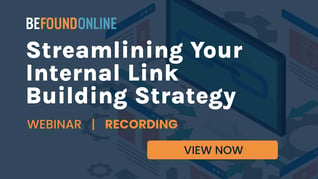
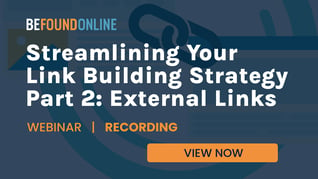

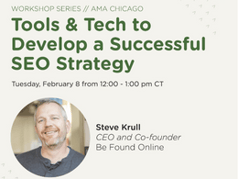
.png?width=339&height=179&name=March%202023%20Webinar%20Ad%20(autoresponder).png)
